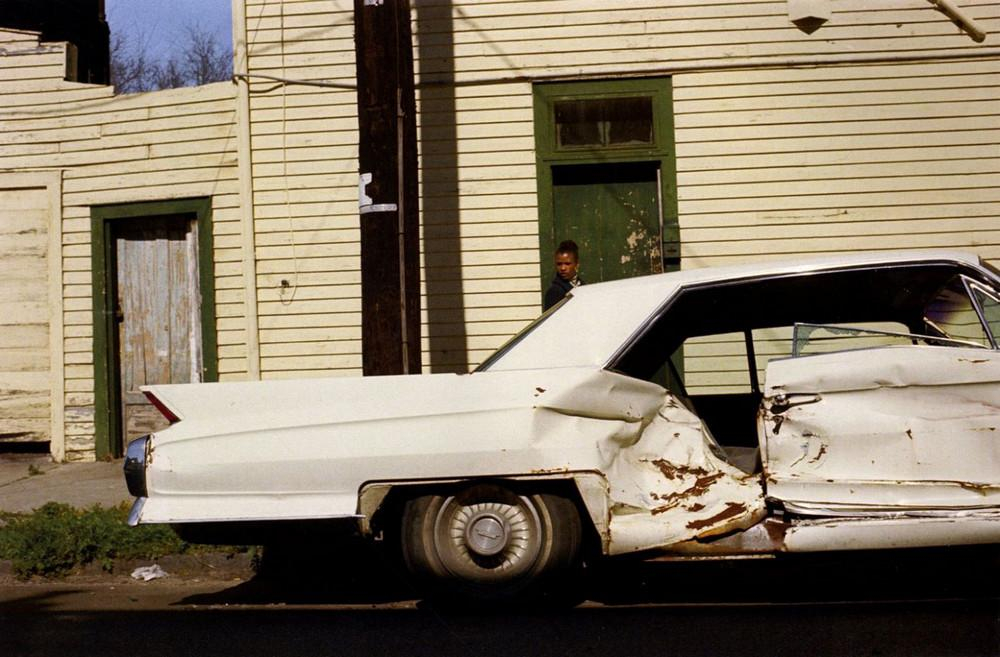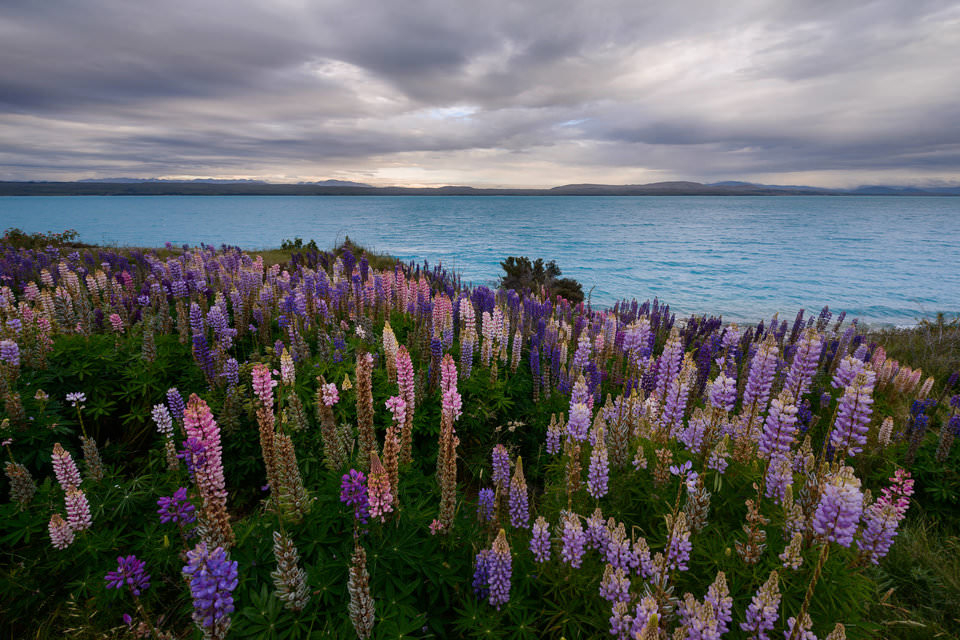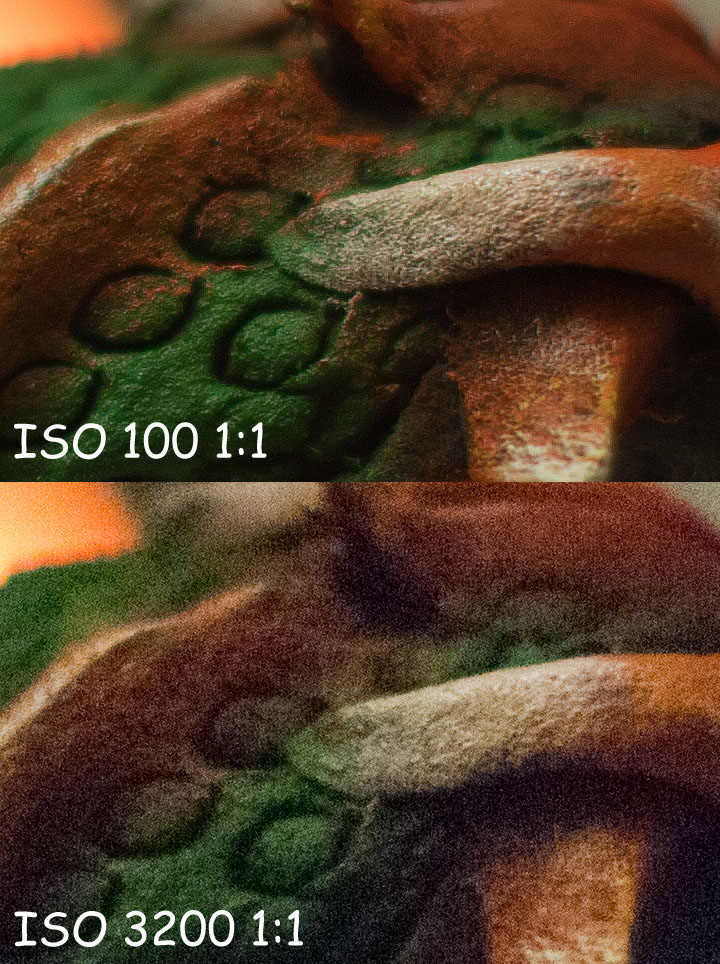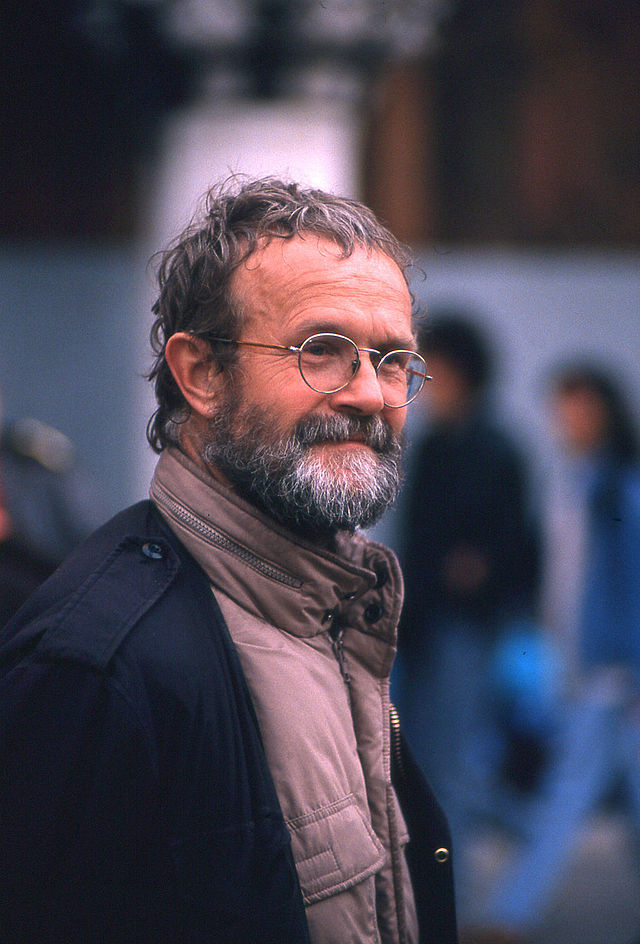CREATION OF ENERGY SPORTS PORTRAITS IN A STUDIO
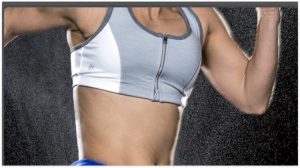 The most obvious solution for shooting an athlete is to photograph a person on the field (court, track, etc.), but this is not entirely practical. Often such portraits are not exactly what the client is looking for. A “traditional” portraiture in many cases is not able to capture the strength and energy of the athlete.
The most obvious solution for shooting an athlete is to photograph a person on the field (court, track, etc.), but this is not entirely practical. Often such portraits are not exactly what the client is looking for. A “traditional” portraiture in many cases is not able to capture the strength and energy of the athlete.
Photographer William Sawalich shows how to transfer the full power of an athlete in action in a studio setting. Add energy to the frame in the form of running, jumping or swinging. Smart use of lighting and effects can convey the speed and strength of an athlete, even in the studio.
Lighting setup
William’s idea was to photograph an athlete in a running pose, stretched and walking, against a dark background. The photographer thought about swirling dust, water and smoke to add texture, but decided to test several approaches – sprayed water and baby powder seemed the most effective and at the same time the least dirty.
William began with a camera on a tripod mounted in a position below the model’s waist level. The lower camera angle helps the athlete look slightly “heroic.” A black paper background was used, the object was at least 3 meters in front of it. So it’s much easier to maintain the depth of the dark background due to how the frontal light falls.
Create energetic sports portraits in the studio
Background image of water splash that was used for overlay.
Side lighting sources are located at the rear and side. The subject is illuminated by a thin, bright line that defines its shape.
When adding frontal light, it turned out that it was too strong and distracted from the dramatic side light.
The fill light is turned off to achieve a better balance with side light. The subject is at its mark for shooting.
Bright side lighting not only separates the object from the background, but also emphasizes the muscles and figure of the athlete. To do this, two gates were installed, one on each side of the object and about 3 meters behind. Stroboscopes were raised about 30 cm above the head.
Create energetic sports portraits in the studio
V-shaped panels are used as flags so that the backlight does not hit directly into the camera. Move them until the shadow of the planes falls on the camera to the shooting position. A large soft light source at the front is added as key lighting. In fact, it acts as a subtle filling of the side lights. The exposure for the side illumination is correctly set, then the photographer adjusted the distance and power of the main source. The correct amount in this case was f / 6.3 at ISO 100, while the strobe lights had a rather low output, about 200 watts each.
One of the highlights when it comes to freezing movement with flashes is the duration of the lighting. The best monoblock models have a shorter flash duration – this is the time it takes the strobe to turn off and on again. For example, in a photograph of William, blurry movements are visible around the face, arms and legs of an object. Fortunately, this adds a slight sense of movement, but more blur would be problematic. To shorten the duration of the flash, set the flash to the lowest output power, and you can effectively shoot the subject using high-speed sync.
When the camera is set to the optimum sync speed, for example, 1/125 seconds, William checks to see if he shoots with ƒ / 8 or ƒ / 11 aperture. This will also provide sufficient depth of field, so you are more likely to get a sharp object when moving around the frame. Make the model stand still and use manual focus to pre-focus. So you can use the ISO to adjust the exposure up or down instead of changing the aperture.
Shooting process
It doesn’t matter your object runs, jumps or dribbles in basketball, you will need to take a few training shots to determine the time needed. Counting down is a great way to sync. Make sure that you give the person enough space to safely do what you ask for. William was able to take this picture in a space about 4.5 meters wide and less than 6 meters from the camera to the background.
A jumping / running / swinging athlete takes up much more space than you can imagine. The worst case scenario is to capture the perfect moment, but with the head, arm or foot of an object outside the frame. William makes the frame wider and crop later, as needed.
Create energetic sports portraits in the studio
Shown here is a “good” hand from a different exposure, highlighted by a rectangular frame.

